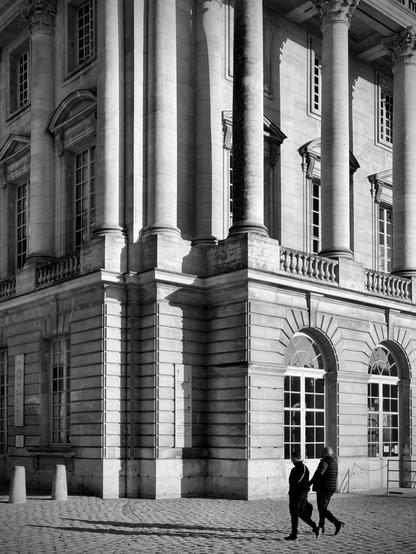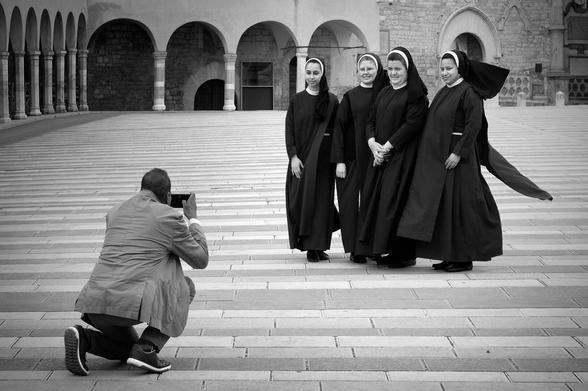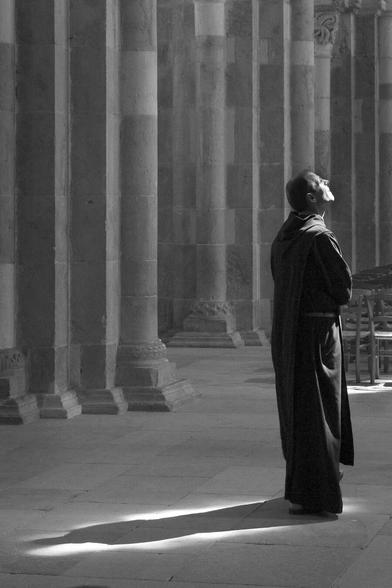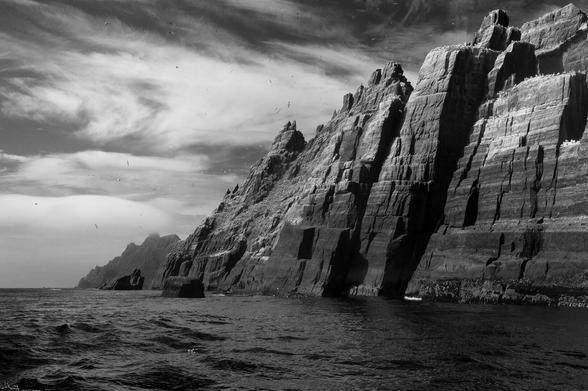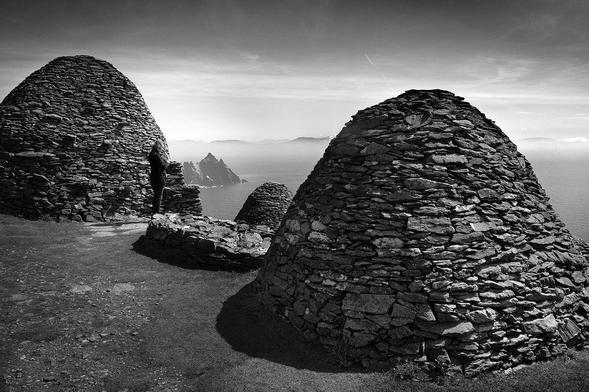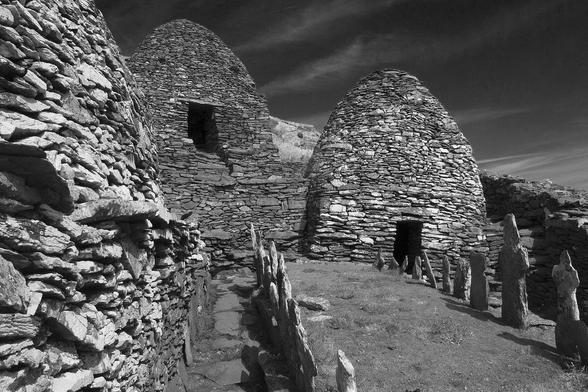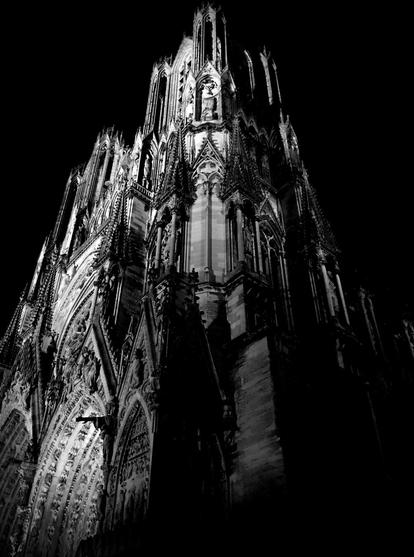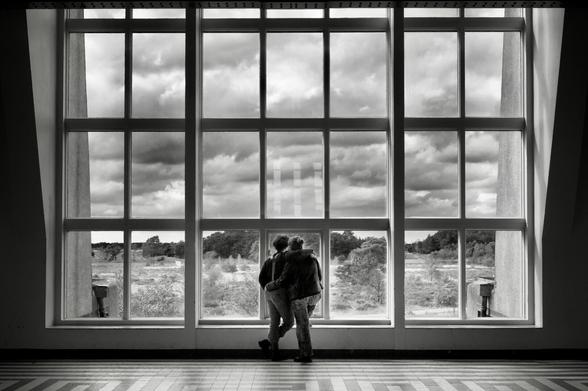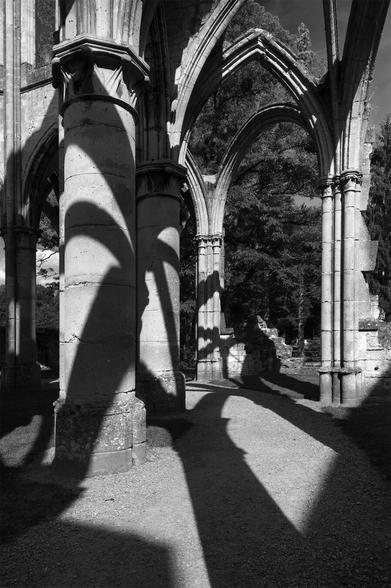Château de Versailles yesterday morning, Court d’Honneur, Pavillon Dufour, Versailles, 2025
At the top of the Cour d’honneur of the Palace of Versailles facing the Royal Court, one can immediately notice a curiosity. The wing of the palace that can bee seen on the right is made of stone and in a classical 18th century style. The other on the left is made of brick, with slate roofs, in the style of the 17th century. The history of the Palace of Versailles goes back to the beginning of the 17th century, when Louis XIII decided to build a hunting lodge. His son, Louis XIV, devoted his entire life to the embellishment of this residence. Important works began under his reign, in the second half of the 17th century, notably under the direction of Le Vau. The brick buildings that we see today around the Royal Court date from this period. After the death of Louis XIV his great grandson, Louis XV, resided less often at Versailles but did not abandon the great works. In 1760, the architect Ange-Jacques Gabriel proposed a ‘Grand projet’ which consisted of bringing the city side facade, to the east, into line with the garden side, to the west. On the east side, the buildings remained in the French style, with bricks and slate roofs, a style that the 18th century found distasteful. Work began with the demolition of the existing north wing and its replacement by the classical-looking building that we see today. According to Gabriel’s project, the same fate was to be reserved for the south wing but his “Great Project” was never completed and the two wings remained asymmetrical. With one exception: the Dufour Pavilion. Napoleon entrusted the project to the architect Alexandre Dufour, who designed an exact copy of the Pavillon Gabriel to regain the lost symmetry. The work was not completed until 1821.
#streetphotography #building #contemporaryphotography #architecture #contrast #blackandwhite #versailles #blackandwhitephotography #bnwphotography #palace #cityphotography
At the top of the Cour d’honneur of the Palace of Versailles facing the Royal Court, one can immediately notice a curiosity. The wing of the palace that can bee seen on the right is made of stone and in a classical 18th century style. The other on the left is made of brick, with slate roofs, in the style of the 17th century. The history of the Palace of Versailles goes back to the beginning of the 17th century, when Louis XIII decided to build a hunting lodge. His son, Louis XIV, devoted his entire life to the embellishment of this residence. Important works began under his reign, in the second half of the 17th century, notably under the direction of Le Vau. The brick buildings that we see today around the Royal Court date from this period. After the death of Louis XIV his great grandson, Louis XV, resided less often at Versailles but did not abandon the great works. In 1760, the architect Ange-Jacques Gabriel proposed a ‘Grand projet’ which consisted of bringing the city side facade, to the east, into line with the garden side, to the west. On the east side, the buildings remained in the French style, with bricks and slate roofs, a style that the 18th century found distasteful. Work began with the demolition of the existing north wing and its replacement by the classical-looking building that we see today. According to Gabriel’s project, the same fate was to be reserved for the south wing but his “Great Project” was never completed and the two wings remained asymmetrical. With one exception: the Dufour Pavilion. Napoleon entrusted the project to the architect Alexandre Dufour, who designed an exact copy of the Pavillon Gabriel to regain the lost symmetry. The work was not completed until 1821.
#streetphotography #building #contemporaryphotography #architecture #contrast #blackandwhite #versailles #blackandwhitephotography #bnwphotography #palace #cityphotography
